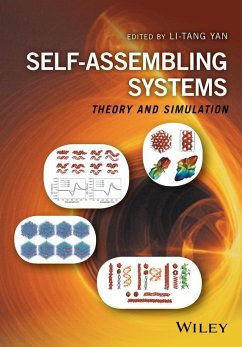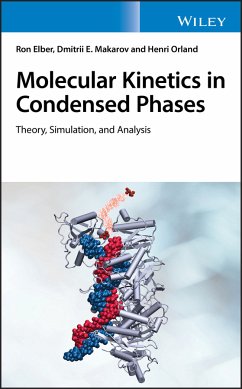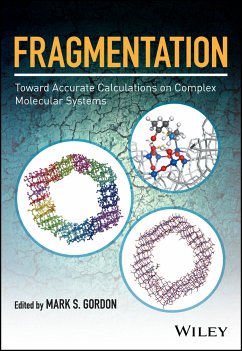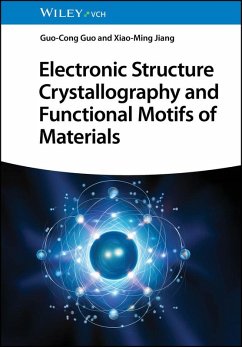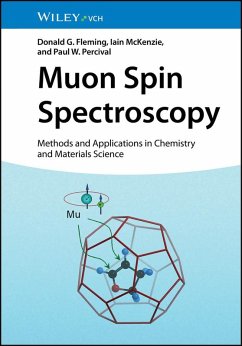
Self-Assembling Systems (eBook, ePUB)
Theory and Simulation
Redaktion: Yan, Li-Tang
Versandkostenfrei!
Sofort per Download lieferbar
131,99 €
inkl. MwSt.
Weitere Ausgaben:

PAYBACK Punkte
0 °P sammeln!
Provides comprehensive knowledge on concepts, theoretical methods and state-of-the-art computational techniques for the simulation of self-assembling systems * Looks at the field of self-assembly from a theoretical perspective * Highlights the importance of theoretical studies and tailored computer simulations to support the design of new self-assembling materials with useful properties * Divided into three parts covering the basic principles of self-assembly, methodology, and emerging topics
Dieser Download kann aus rechtlichen Gründen nur mit Rechnungsadresse in D ausgeliefert werden.




